Tag: annuals
-
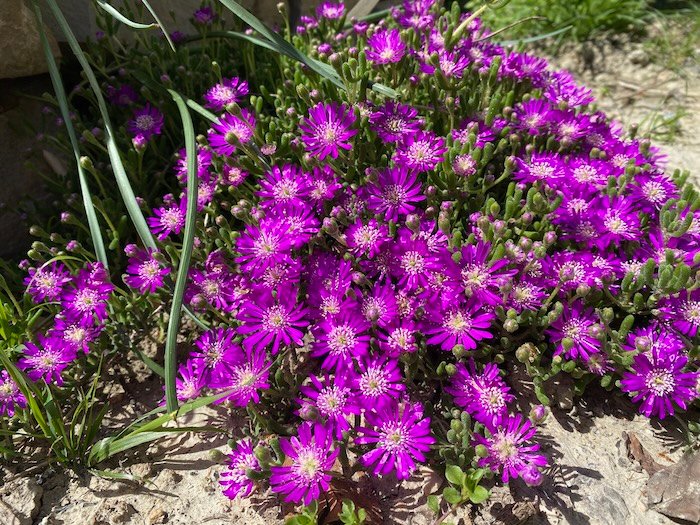
Aizoacea & Mesembryanthemum
The Aizoaceae family is endemic to South Africa and has brought forth a multitude of mostly low-growing, spreading plants with fleshy leaves and bright flowers that work well as ground cover on dry soils in full sun. Several of its members are know as “ice plant” or “mesembryanthemum”. Interestingly, even “New Zealand Spinach” that grows…
-
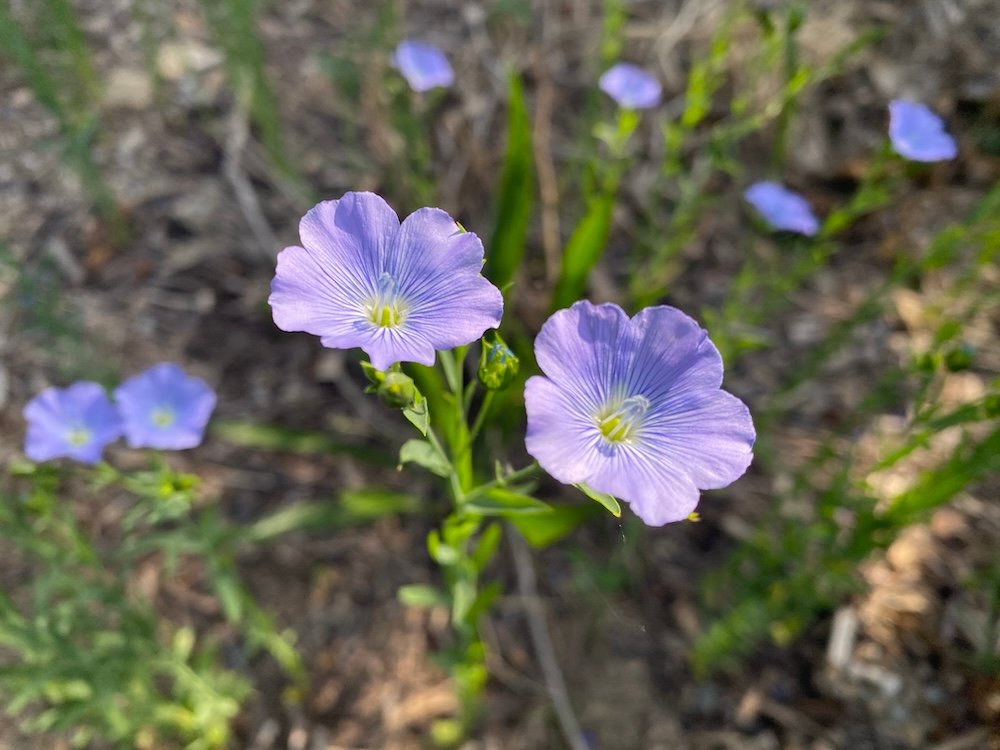
Linum
Very lovely little flowers, planted as green manure or as perennials: Linum usitatissimum Sown in the fall of 2022 as green manure it covered wide swathes in the garden in dainty blue flowers during May of 2023. Very pretty but not very long-lasting which is why I switched to other kinds of Linum: Linum perenne…
-
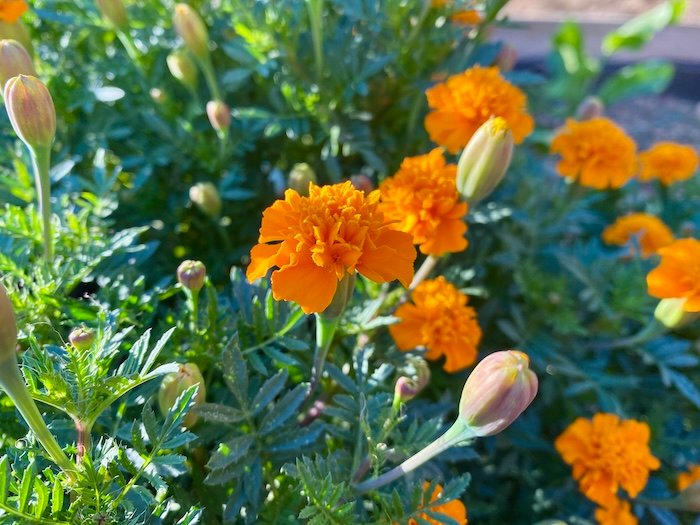
Tagetes patula / erecta
I used to find the tidy orange marigold borders in Swiss gardens incredibly stuffy. I also did not like the scent of marigolds, so I would have never have planted them. But I’ve tried them here as companion plants in the veggie garden and if nothing else they do make a splendid show of color…
-
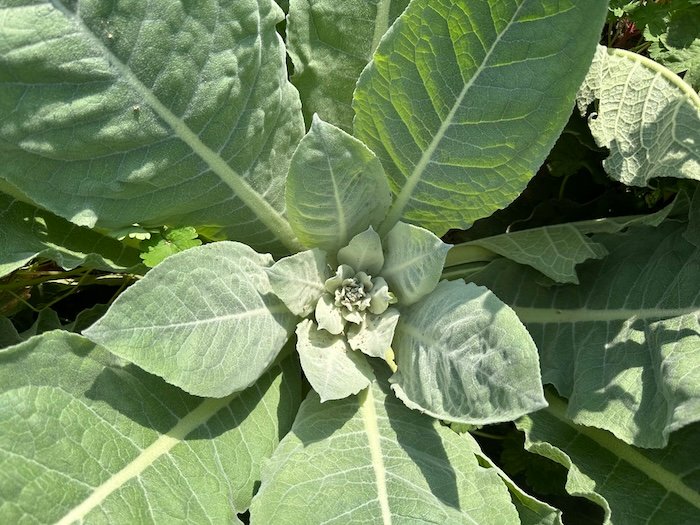
Verbascum
Verbascum is a family of over 400 different species of flowering plants, commonly called mullein, some of which are used in herbal medicine. Verbascum species are native to Eurasia with the Mediterranean being the home of the largest number of varieties. But despite this and despite Verbascum being well-suited for dry and chalky soils, I’ve…
-
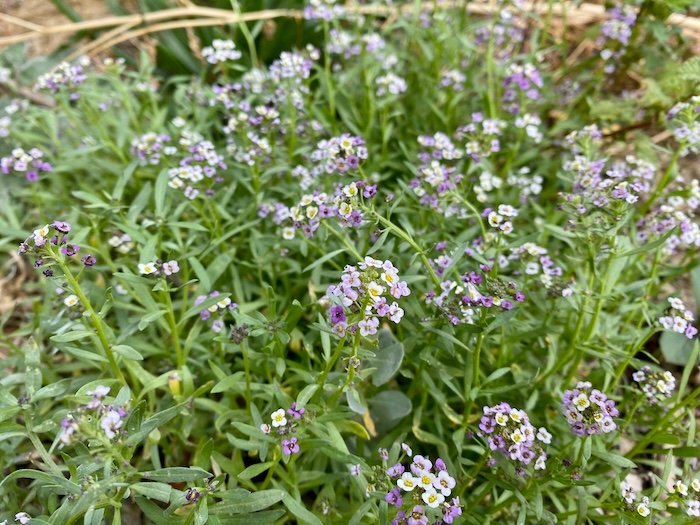
Lobularia maritima
Another one of those seemingly boring little things that turn out to be “superplants” in the dry garden. Lobularia maritima is a Mediterranean native and a fast-growing, long-blooming ground cover with small white or purple, honey-scented flowers. In my garden, depending on location, they bloom in the spring before going dry in the summer (can…
-
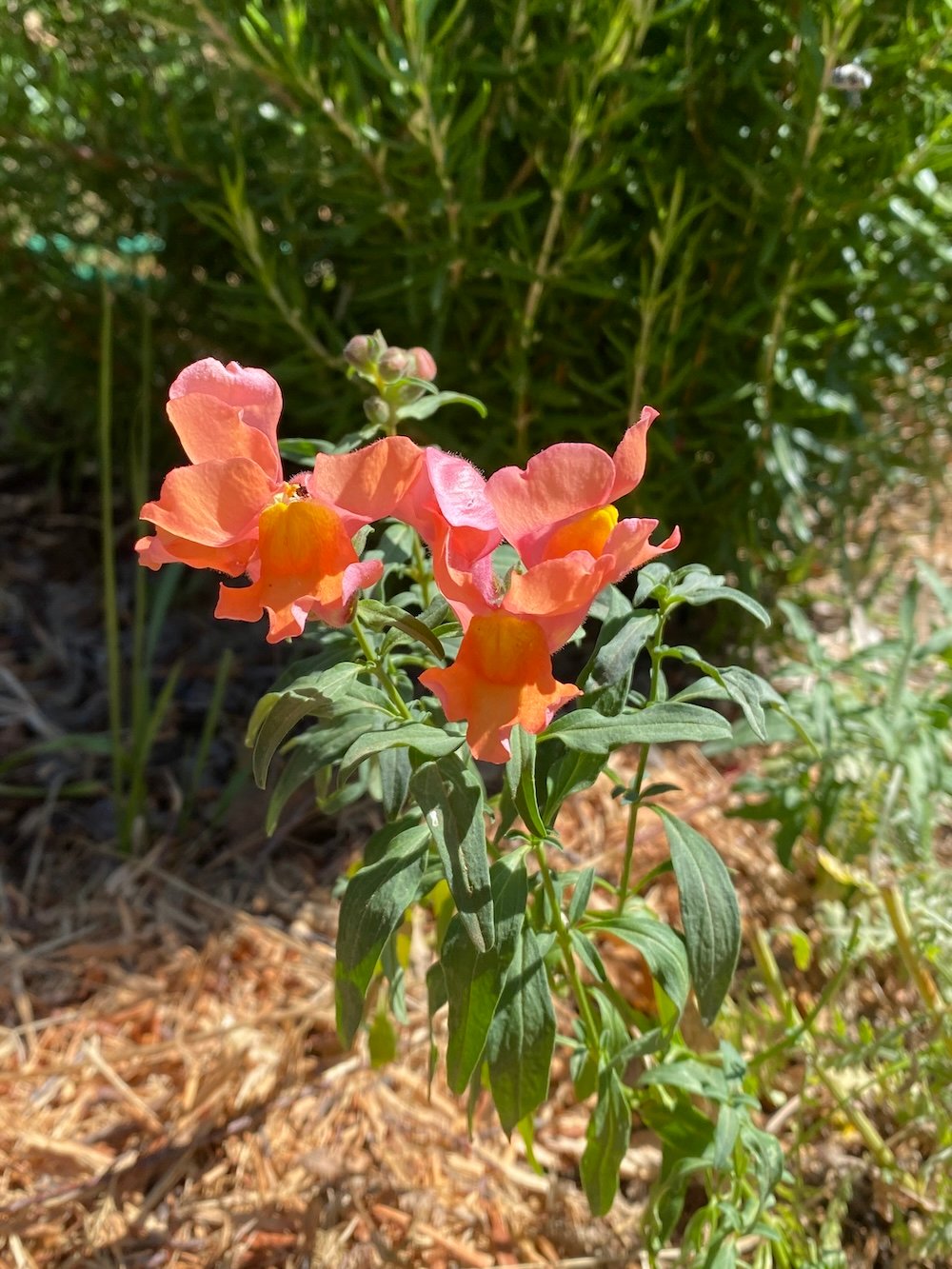
Antirrhinum
I always judged Snapdragons to be a bit of a stuffy, boring flower for stuffy, bourgoeis gardens. How unjust I was – and how wrong. Since they kept popping up in my garden uninvited I have learned that Antirrhinum are a Mediterranean native and very drought-tolerant. They can be annuals or short-lived perennials that grow…